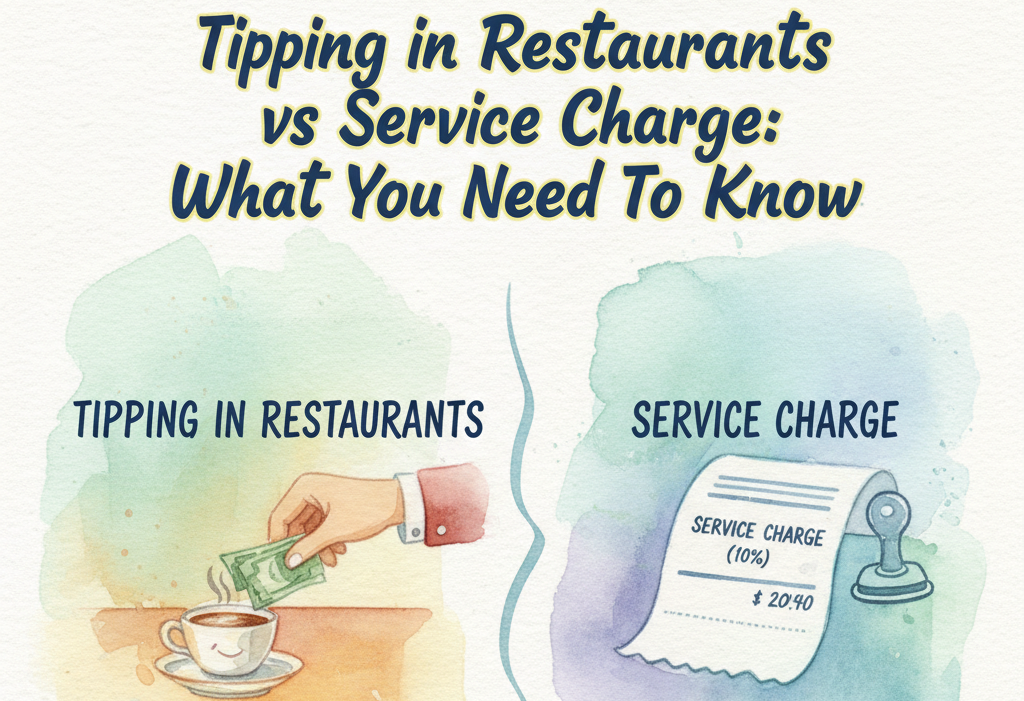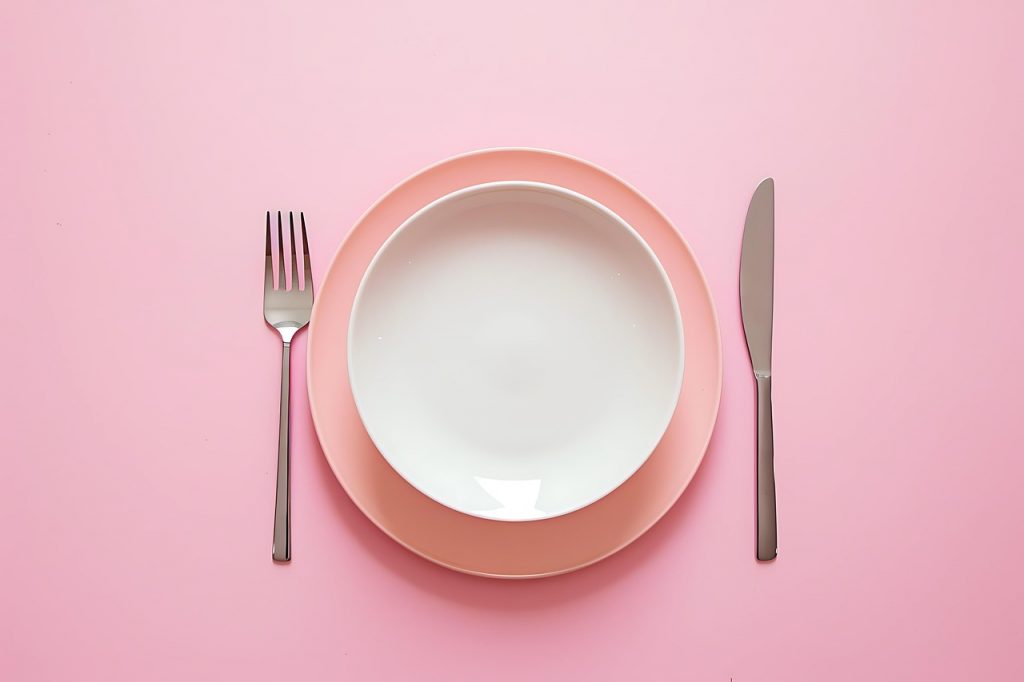Did you know that restaurant Interior colors can leave a lasting impact on customers? Read this article and choose the right color palette in 2024!
Creating an inviting and visually appealing restaurant interior is crucial for attracting customers and increasing sales. One often overlooked element of restaurant design is the color scheme. The strategic use of colors in your restaurant’s interior can have a significant impact on the mood and behavior of your customers. In this article, we will explore how to use restaurant interior colors to enhance the dining experience and ultimately boost your restaurant sales.
- Understanding the psychology of colors:
The first step in effectively incorporating colors into your restaurant’s interior design is to understand the psychology behind different colors. Colors evoke certain emotions and perceptions in individuals, which can influence their dining experience. Here are a few examples:
a. Red: Red is a stimulating color that increases appetite and promotes energy. It can be used in restaurant interiors to create a sense of excitement and urgency. However, it should be used sparingly, as too much red can be overwhelming.
b. Blue: Blue is a calming color that promotes relaxation. It can be used in restaurant interiors to create a peaceful and serene environment. Blue is often associated with cleanliness and trust, making it an excellent choice for establishments that prioritize hygiene.
c. Green: Green is a refreshing and soothing color that is often associated with nature. It can be used in restaurant interiors to create a sense of freshness and healthiness. Green is particularly effective in establishments that serve organic or vegetarian cuisine.
d. Yellow: Yellow is an energetic and optimistic color that stimulates the mind and increases happiness. It can be used in restaurant interiors to create a warm and welcoming atmosphere. However, caution should be exercised as too much yellow can be overwhelming and cause fatigue.
It’s important to consider the target audience and the desired dining experience before selecting the colors for your restaurant’s interior.
- Creating a cohesive color scheme:
Once you have a clear understanding of the psychology of colors, it’s time to create a cohesive color scheme for your restaurant’s interior. Consider the following steps:
a. Start with a base color: Select a dominant color that will serve as the foundation for your color palette. This color should align with your restaurant’s branding and the emotions you want to evoke.
b. Choose complementary colors: Select secondary colors that complement the base color and create a visually appealing palette. These colors can be used for accents, furniture, and decor elements.
c. Balance warm and cool tones: Consider the balance between warm and cool tones in your color scheme. Warm tones like red, orange, and yellow create a lively and energetic atmosphere, while cool tones like blue and green create a relaxed and soothing ambiance.
d. Consider the space and lighting: Take into account the size of your restaurant and the lighting conditions when selecting colors. Light colors make small spaces appear larger, while dark colors create an intimate and cozy atmosphere.
By creating a cohesive color scheme, you can enhance the overall dining experience and create a visually pleasing environment for your customers.
- Applying colors strategically:
Once you have established a color scheme, it’s time to apply the colors strategically throughout your restaurant’s interior. Consider the following tips:
a. Paint the walls: Use the base color on the walls to set the overall tone of the space. Consider using different shades or textures to add depth and visual interest.
b. Choose furniture and decor: Select furniture and decor elements in complementary colors to create a cohesive look. Consider incorporating colors through upholstery, table linens, curtains, and artwork.
c. Use lighting creatively: Lighting plays a crucial role in enhancing the impact of colors. Use warm lighting to make warm colors appear more vibrant and inviting. Similarly, use cool lighting to enhance the calming effect of cool colors.
d. Utilize branding: Incorporate your restaurant’s branding elements, such as the logo and color palette, into the interior design. This will create a consistent and recognizable experience for your customers.
By strategically applying colors, you can create an atmosphere that aligns with your restaurant’s concept and enhances the overall dining experience.
By understanding the psychology of colors, creating a cohesive color scheme, and applying colors strategically, you can effectively use restaurant interior colors to make it look more Instagrammable and eventually increase your restaurant sales. A well-designed interior that evokes the desired emotions and enhances the dining experience will attract more customers and encourage them to stay longer. Remember to constantly evaluate and adjust your color scheme to stay current and meet the evolving needs of your target audience. Implement these strategies in your restaurant and enjoy the positive impact on your business’s bottom line.



